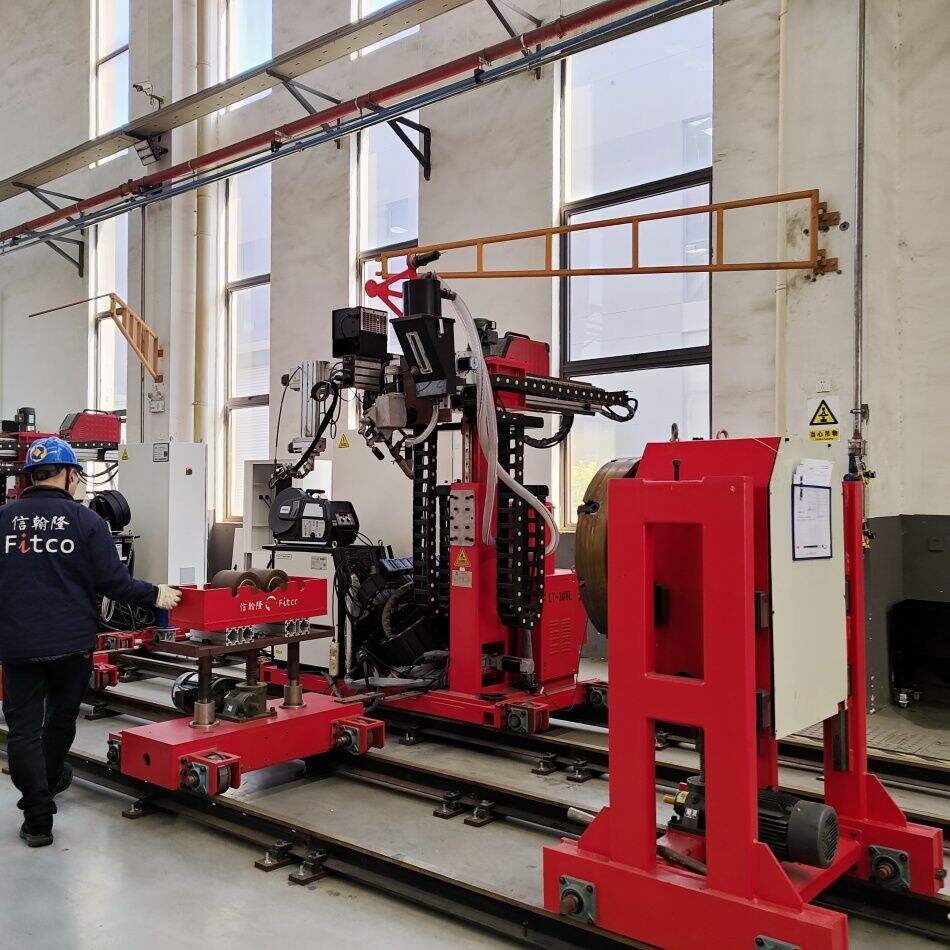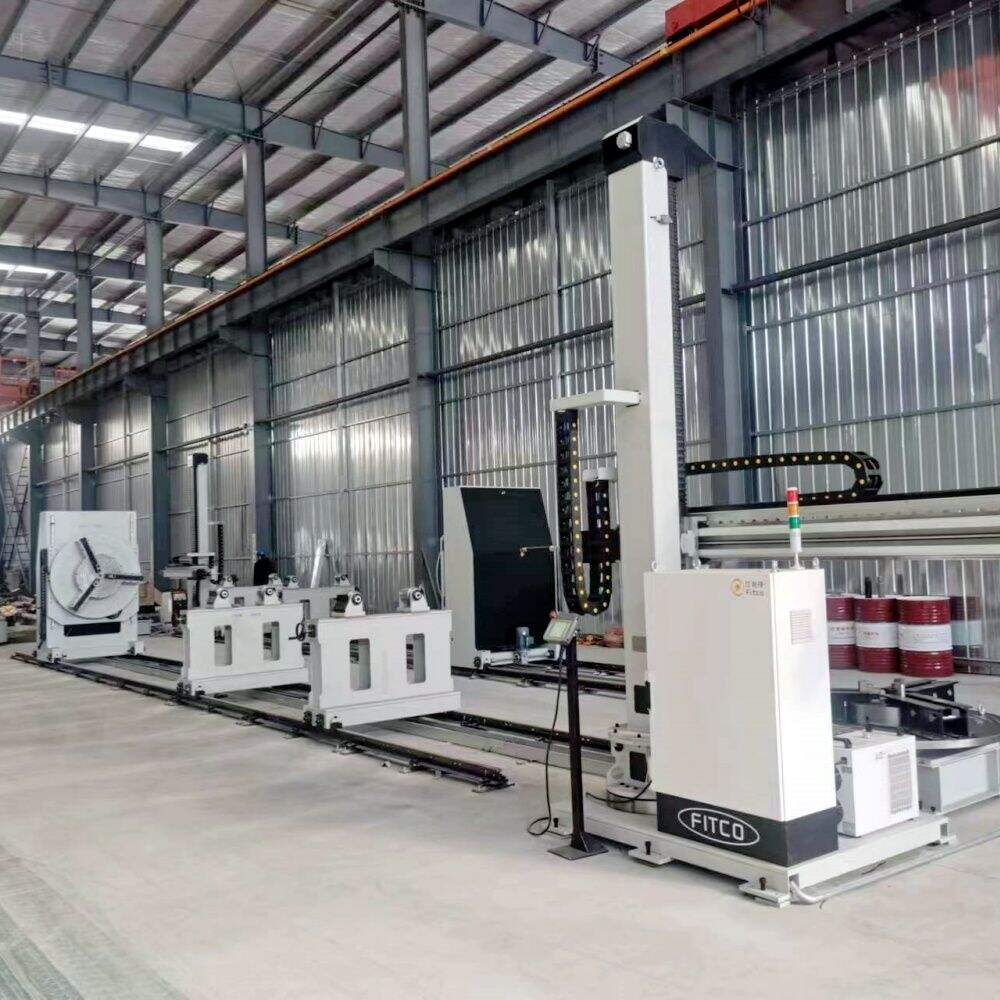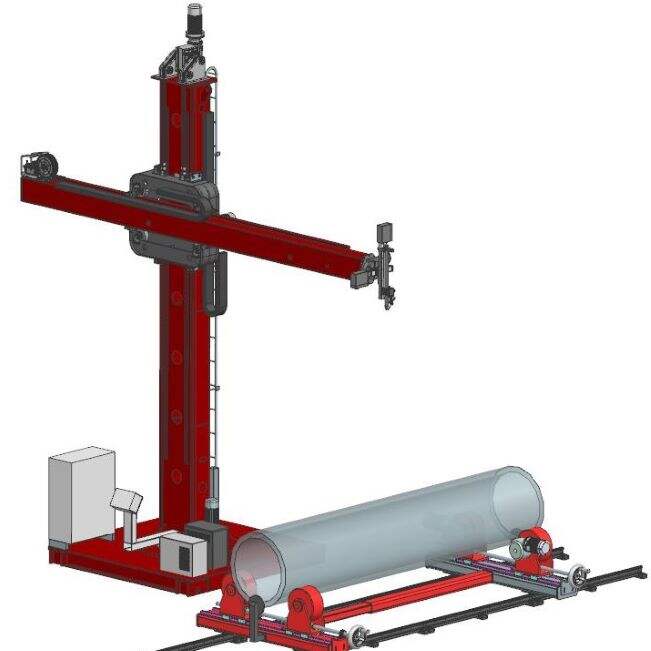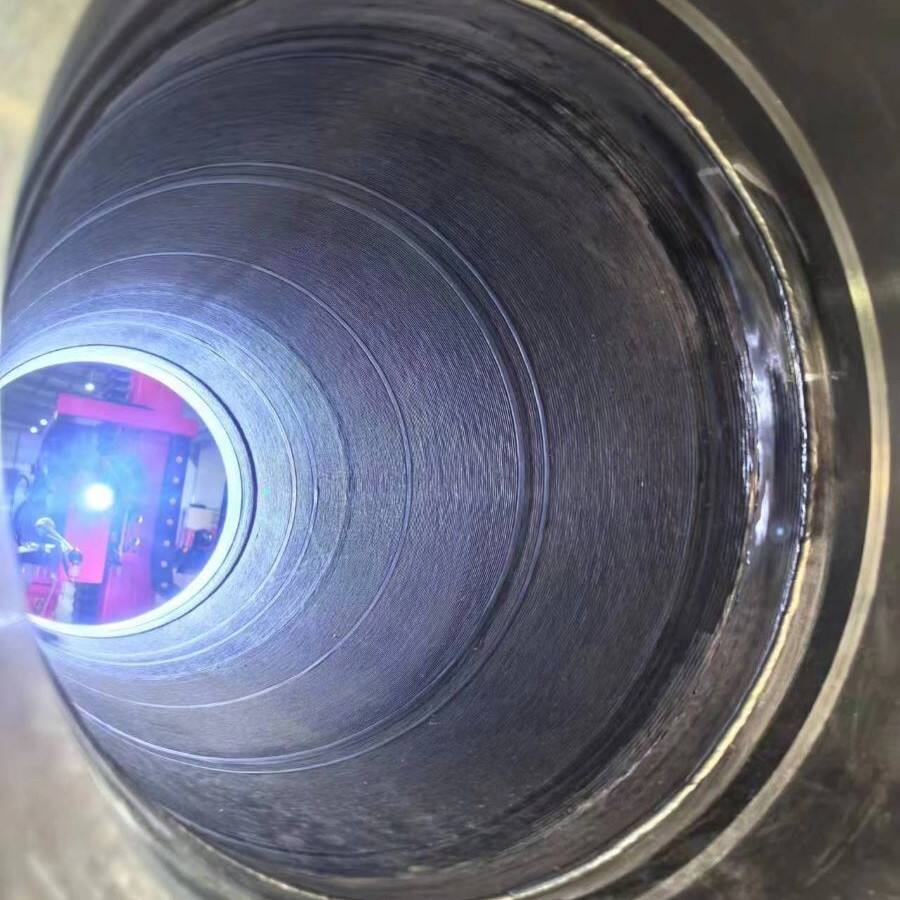china tig overlay cladding machines
China TIG overlay cladding machines represent cutting-edge technology in the field of surface treatment and metal modification. These sophisticated systems utilize Tungsten Inert Gas welding technology to deposit precise layers of specialized materials onto base metals, creating surfaces with enhanced properties. The machines are equipped with advanced control systems that ensure consistent deposition rates, optimal temperature regulation, and precise movement coordination. They feature programmable parameters for voltage, current, travel speed, and wire feed rate, allowing operators to achieve exact specifications for various applications. The machines excel in applying corrosion-resistant overlays, wear-resistant surfaces, and specialized metallic coatings across diverse industrial sectors. Key technological features include digital interface controls, automated wire feeding systems, and integrated cooling mechanisms. These machines are particularly valuable in industries such as petrochemical processing, power generation, and heavy manufacturing, where component longevity and performance are crucial. The systems can handle a wide range of filler materials, including stainless steel, nickel alloys, and other specialty metals, making them versatile tools for surface engineering applications.

 EN
EN
 AR
AR BG
BG HR
HR CS
CS DA
DA NL
NL FI
FI FR
FR DE
DE EL
EL HI
HI IT
IT JA
JA KO
KO NO
NO PL
PL PT
PT RO
RO RU
RU ES
ES SV
SV TL
TL IW
IW ID
ID LT
LT UK
UK SQ
SQ HU
HU TH
TH TR
TR FA
FA AF
AF CY
CY MK
MK LA
LA MN
MN KK
KK UZ
UZ KY
KY








